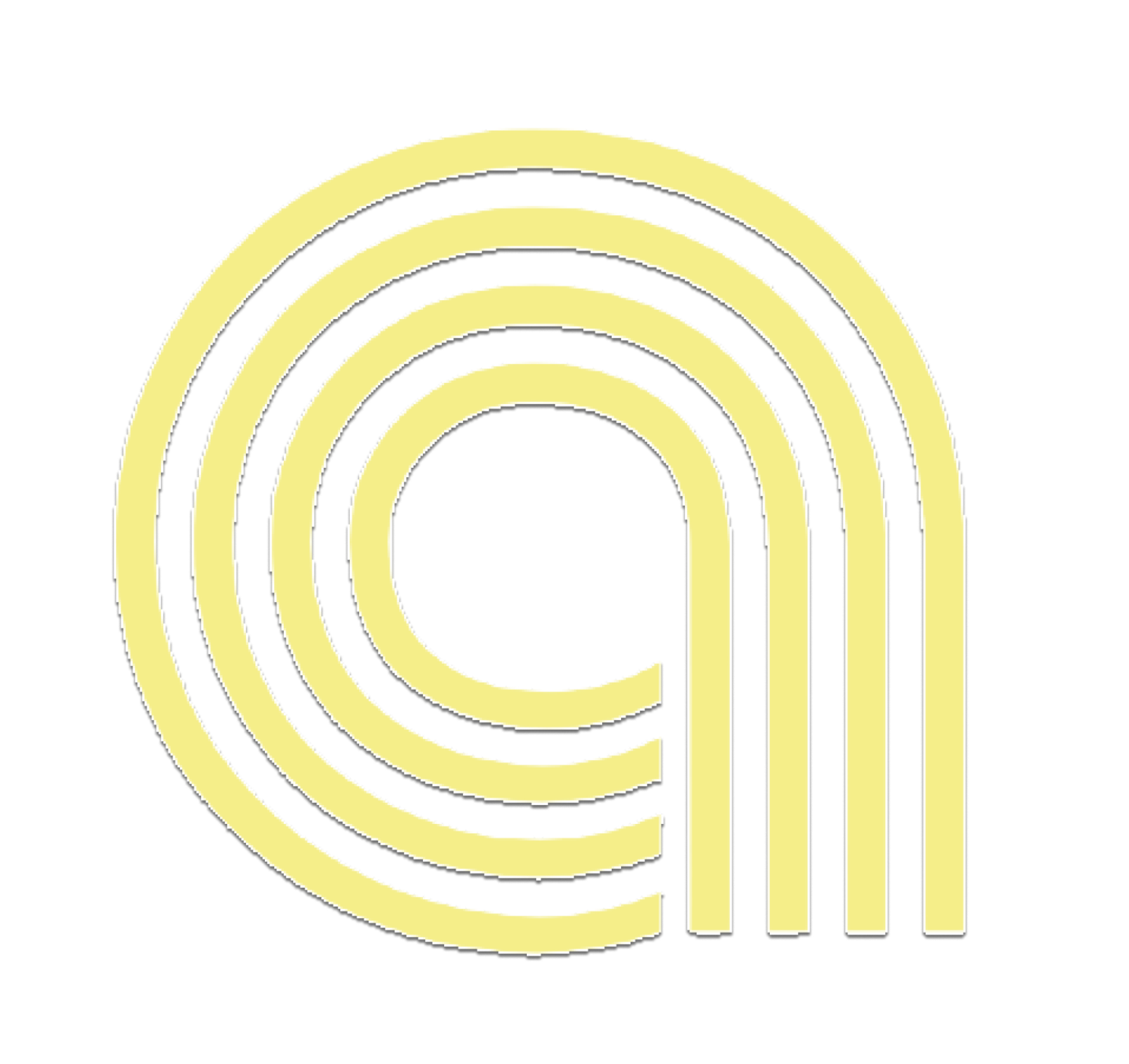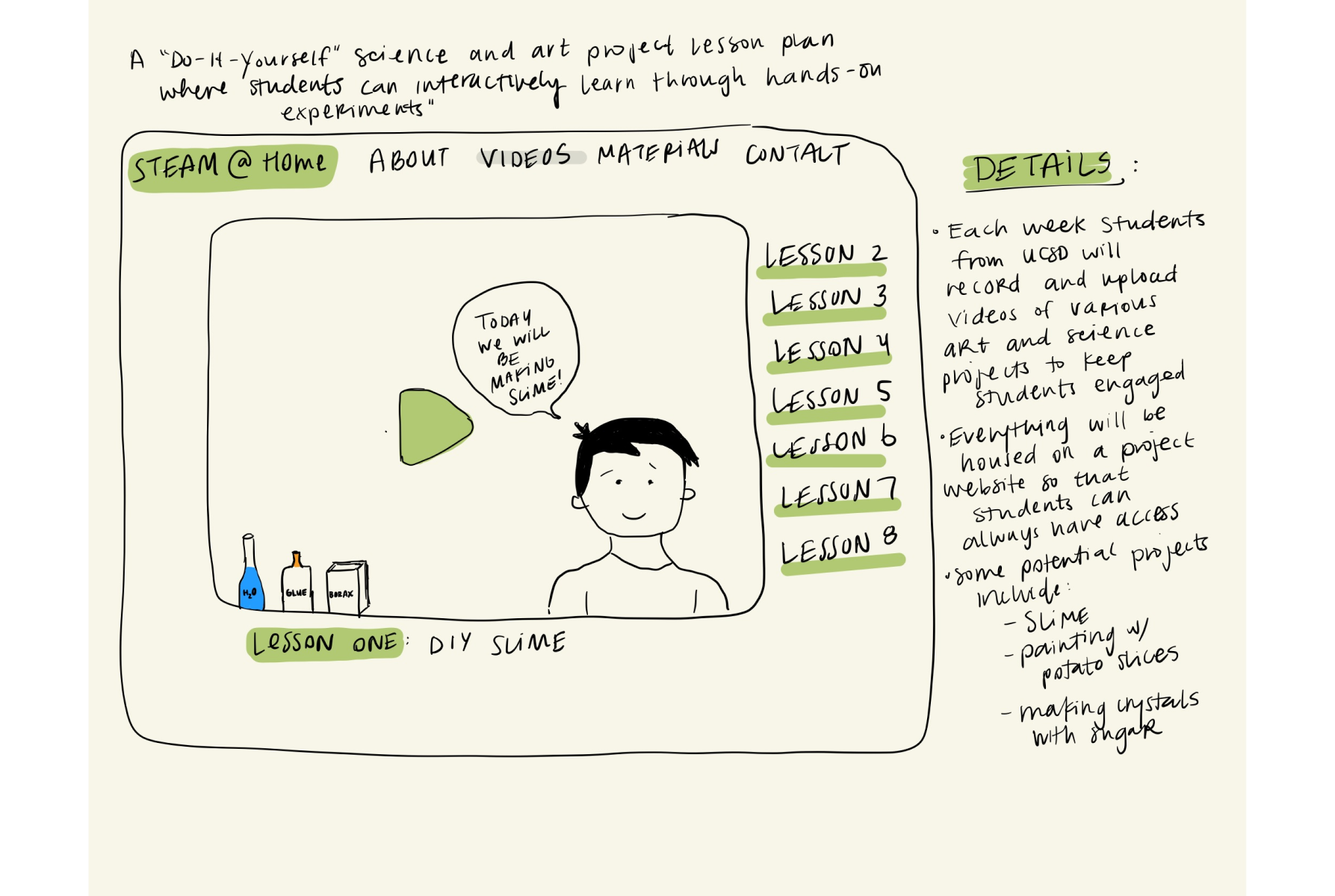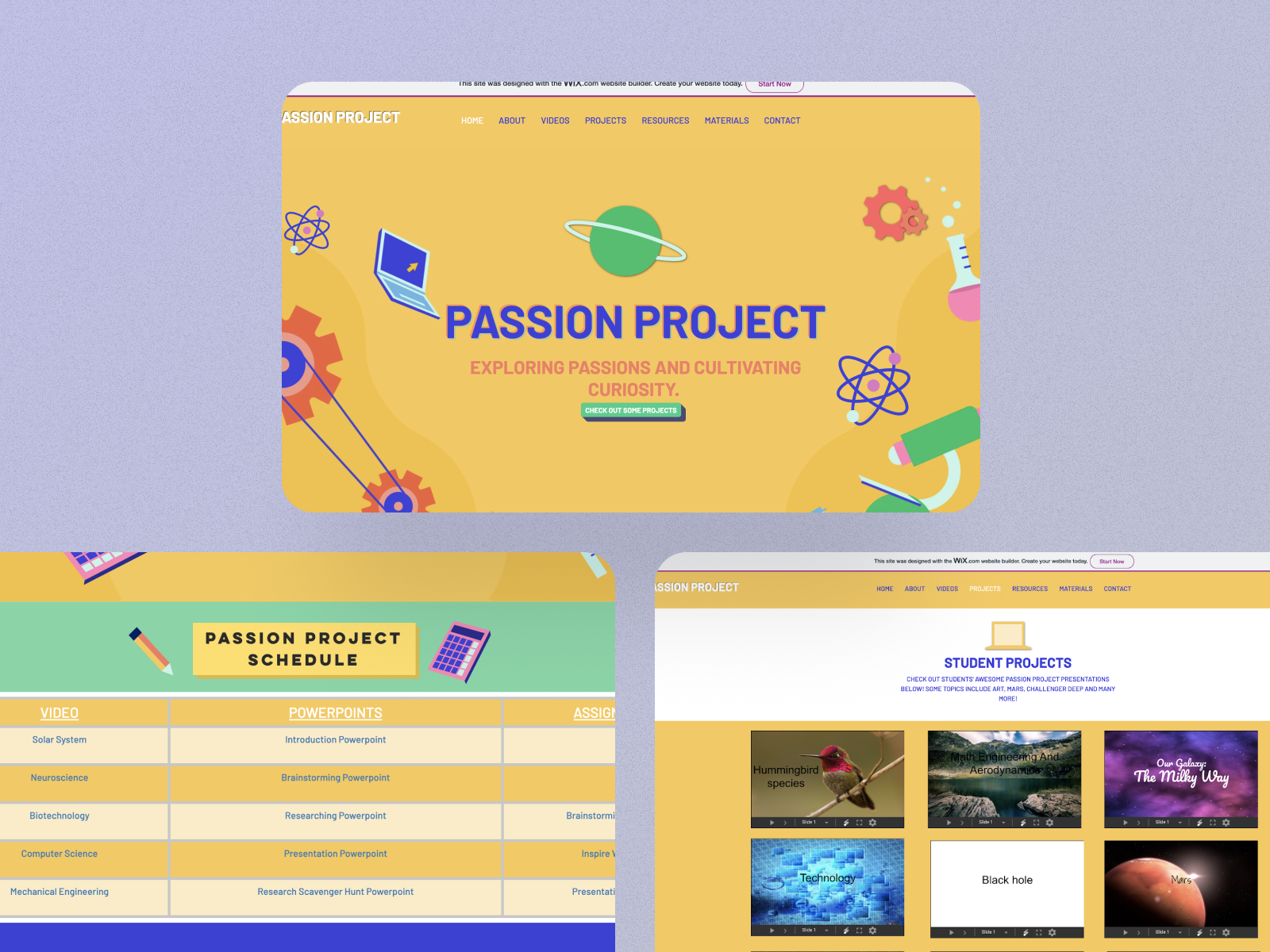
A customizable lesson plan for elementary school students to engage in project-based learning.
Overview.
In this 10-week human-centered design and engineering course, myself and a team of 6 other students were paired with a local elementary school in the San Diego community focusing on providing students with a project-based lesson plan to keep them engaged in the virtual learning setting.
My Role.
For this project, my main role was community partner liaison, as well as website designer. I was in charge of communicating with the teacher at the elementary school, getting approval for all materials used for the Passion Project, and scheduling times to come into the classroom. I also spearheaded the website design, picking the design and determining page layouts.
Skills.
Service Design
Experience Design
Web Design
Human-Centered Design Process
Problem.
From the interviews we conducted with both the teacher and her students, we found that students were missing community engagement and project-based learning in the virtual setting. Based on the interview data collected we created this needs statement:
" Fourth grade students at High Tech Elementary need kid-friendly, interactive lesson plans because there are limited resources online in order to maintain community engagement and project-based learning. "
The challenge for our team became how to engage students, provide an interactive project, and create a platform for them to showcase their work to the community.
Process.
Our main approach was to use a human-centered focus on every aspect of our design and implementation process. User research is essential to the process, so we utilized a grass-root approach by interviewing teachers and students who were directly affected by the project, as well as experts in web design, education and remote learning. By combining their knowledge, we developed a holistic view of the challenge we needed to address, as incorporating constant feedback is a cornerstone of a successful product.

Ideation.
During the brainstorming and ideation process, we came up with three solutions to the problem we had .
Potential Solution 1.
Our first idea was a Learn: San Diego which was a ‘Khan Academy’ style lesson plan that also connected students with local San Diego community resources. The main purpose of this project was to expose students to more complex topics like engineering and neuroscience at a younger age. This idea was initially chosen as our project; however, we later deemed that it lacked long-term sustainability, and ultimately was too similar to existing resources, therefore not providing students with a novel experience.
Potential Solution 2.
Our second idea was a STEAM (Science, Technology, Engineering, Art, and Math) at Home Lesson Plan, which was a ‘Do-it-yourself’ science and art project lesson plan where students could interactively learn through hands-on experiments. This idea, although interactive and hands-on, was not chosen since students may not have access to the materials necessary to complete the experiments. Furthermore, some students may not be interested in art and science, and therefore may not enjoy the narrow topics.
Potential Solution 3.
Our final idea was the Passion Project, which is a project-based lesson plan where students go through the process of discovering their passion guided by educational videos, ultimately resulting in a presentation. This idea was eventually chosen after initially pursuing Learn: San Diego since it provides an opportunity for students to research a topic that they do not know much about. It has the benefits of a hands-on project, combined with remote learning tools, and it is a sustainable lesson plan and can be conducted across years.
Prototyping.
We developed several iterations of both the website and the presentations that we showcased to the students. At first, we named our project Learn: San Diego and wanted to do a more Khan Academy style lesson plan; however, we deemed the solution to be unsustainable and lacking interaction and had to pivot. We then turned to create the Passion Project Lesson Plan, where we used the website as a platform for students to showcase their work to their community. We also created our own Passion Projects as examples, and walked them through the entire process of creating their own.
Throughout the project, we continued to iterate and adjust the project based on feedback from our key stakeholders. Due to time constraints, we decided to eliminate a homework assignment, as for we did not want to burden students with too much work. Furthermore, to engage students, we implemented Google Form homework assignments to track progress. With low submission rates for the Google Forms, we decided to instead do check-ins when we attended their class, asking students to share their progress with us. This proved to be more interactive and engaging, and we were able to track student progress as well.
Implementation.
To implement our project, we joined their virtual class every Wednesday and Friday, and presented one of our own passion projects alongside the presentation for the next step of the Passion Project. For our own passion projects, we did a combination of live presentations and pre recorded videos, all of which are now available on the website. We divided the passion project into three steps: brainstorming, research, and presentation-making, and each step of the way we offered examples, and always ended our time with a Q&A.
Alongside the presentations and sample passion projects, we had the students do a couple homework assignments, just to make sure that we could track student engagement. We had two assignments, a brainstorming worksheet, and an inspire worksheet. The homework assignments did not have much as much success as we had hoped, so we decided to do check-ins at the end of each lesson, asking students to share their progress out loud.
To also help engage students, we implemented a research scavenger hunt activity that ended being a huge success. During the activity, we asked students to find websites, fun facts, pictures, and inspirational people that all related to their passion project topic, and all of which could be included in their final presentations. This activity was not part of the original plan, but represents how we adapted to make the lesson plan more interactive and engaging for students.
On the last day of the project, we divided students up into breakout rooms, with one team member leading the groups, and had students share their presentations out loud. Topics ranged from hummingbird birds to mars to the titanic and even tacos. Their projects were some of the most creative presentations our team has ever seen and we were very excited to see the students engage in the lesson plan we created!
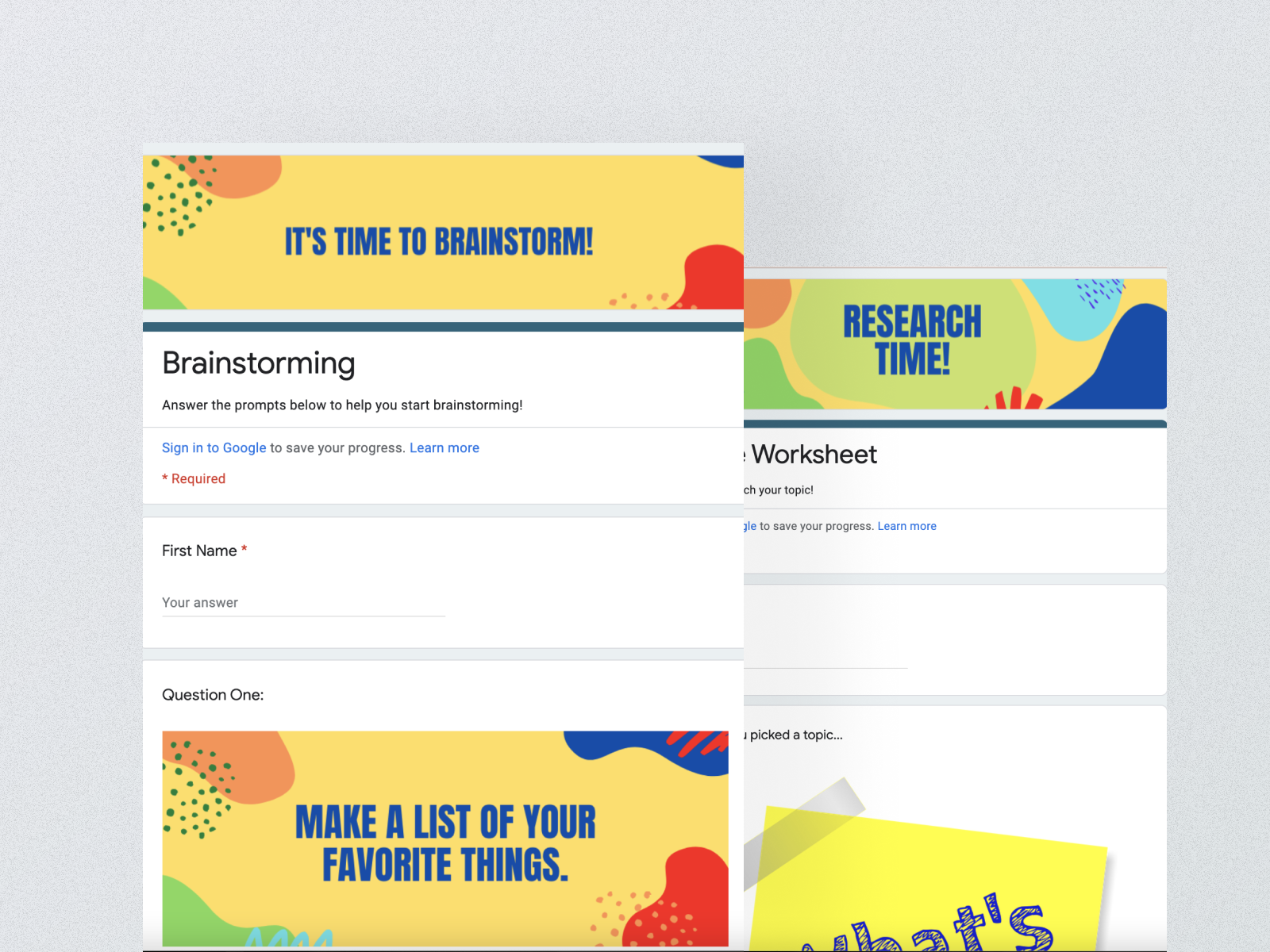

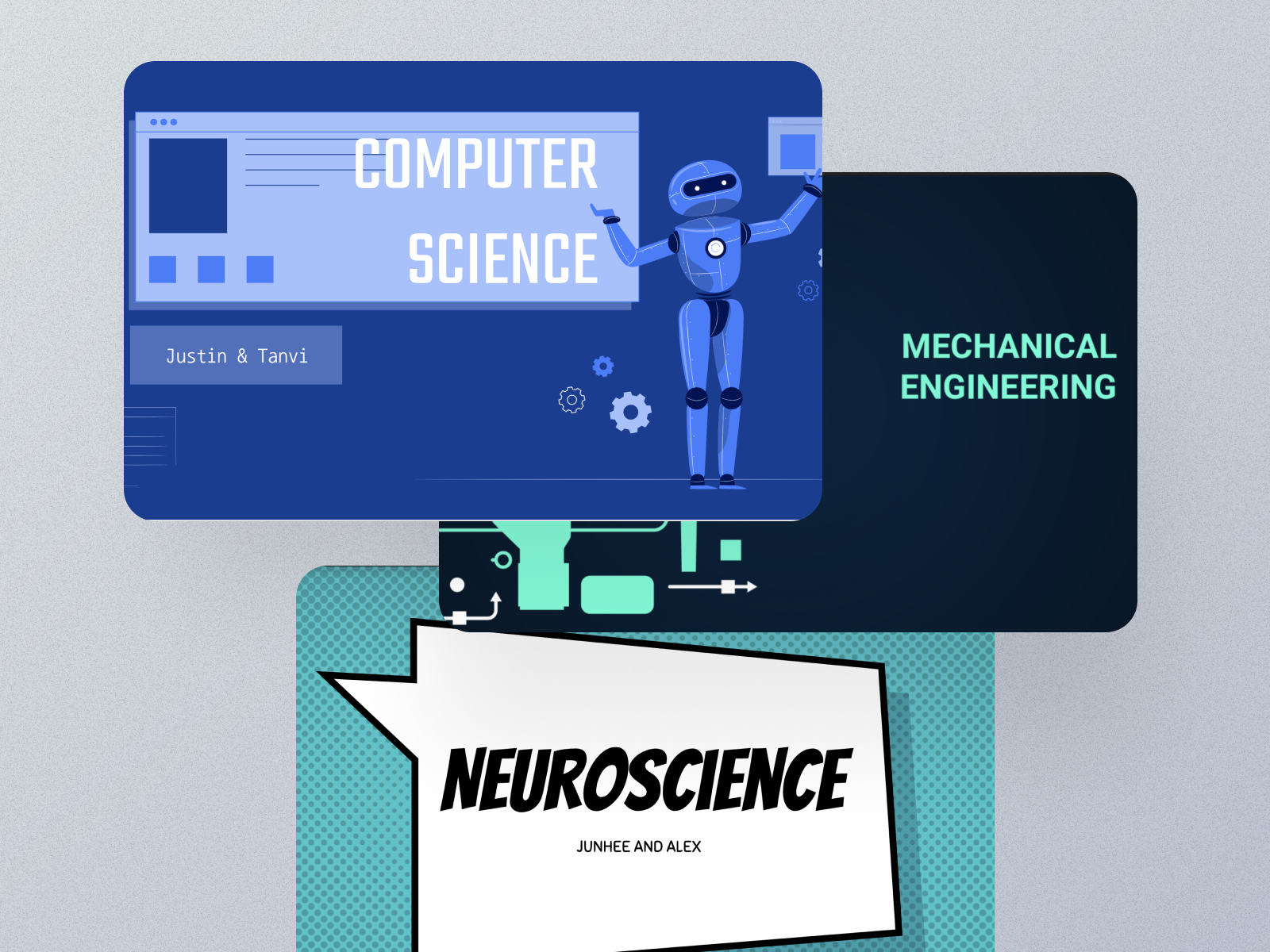
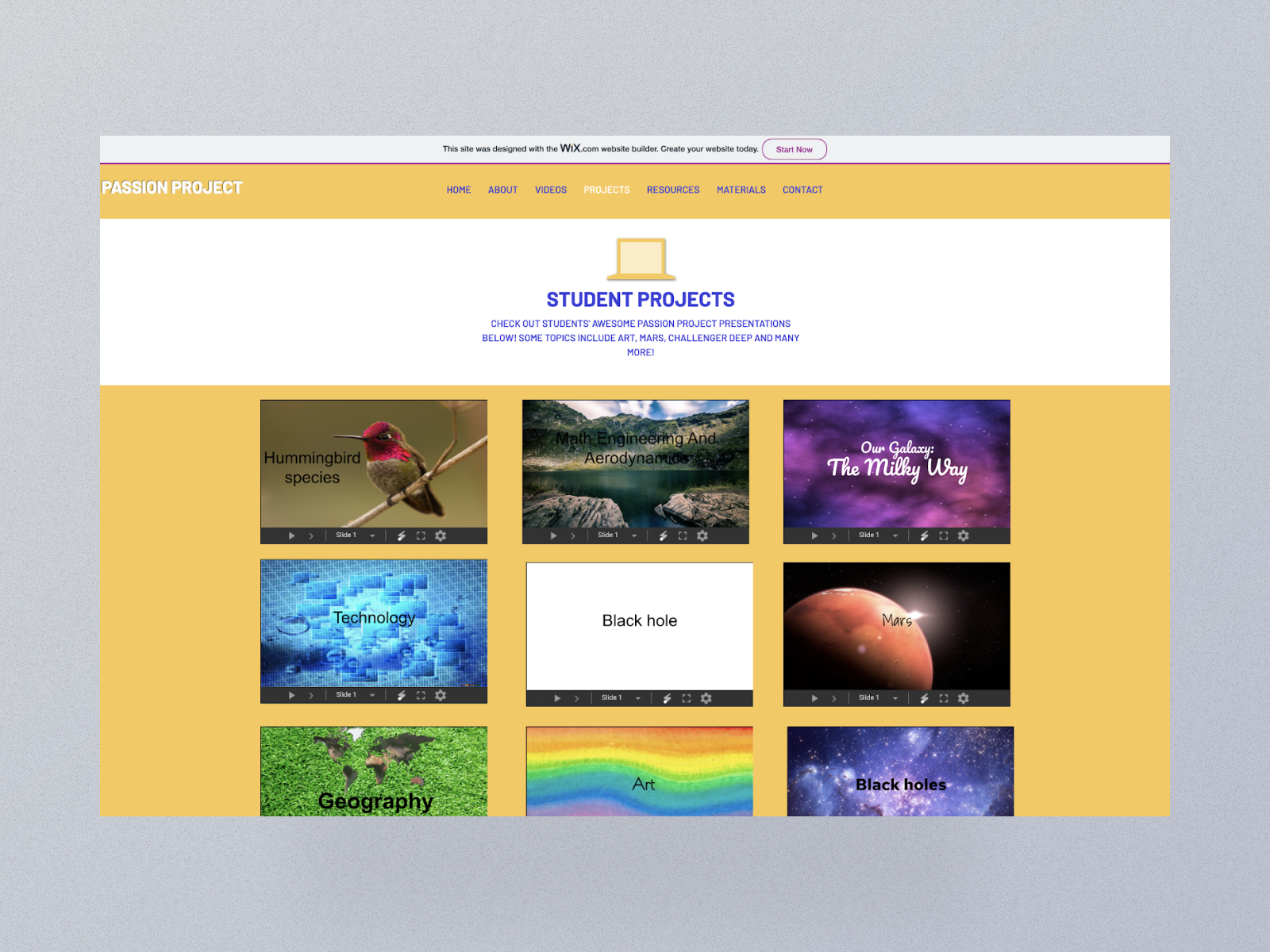
Impact.
Overall, our project was a success and the depth of our impact was high. 17 out of the 24 students completed a presentation and shared it with their classmates. And while our google form assignments did not have as much success, students still stayed engaged with the material and produced amazing end products. We think that students' eagerness to share and the amount of time they spent on creating amazing presentations really showcases that they engaged with the Passion Project and enjoyed learning more about their passions.
We really wanted to express to students the importance of having passions. All throughout our lives, from when we are little, we have hopes, passions and dreams. Through this project we wanted to inspire students to keep learning, keep dreaming, and to keep cultivating curiosity.
